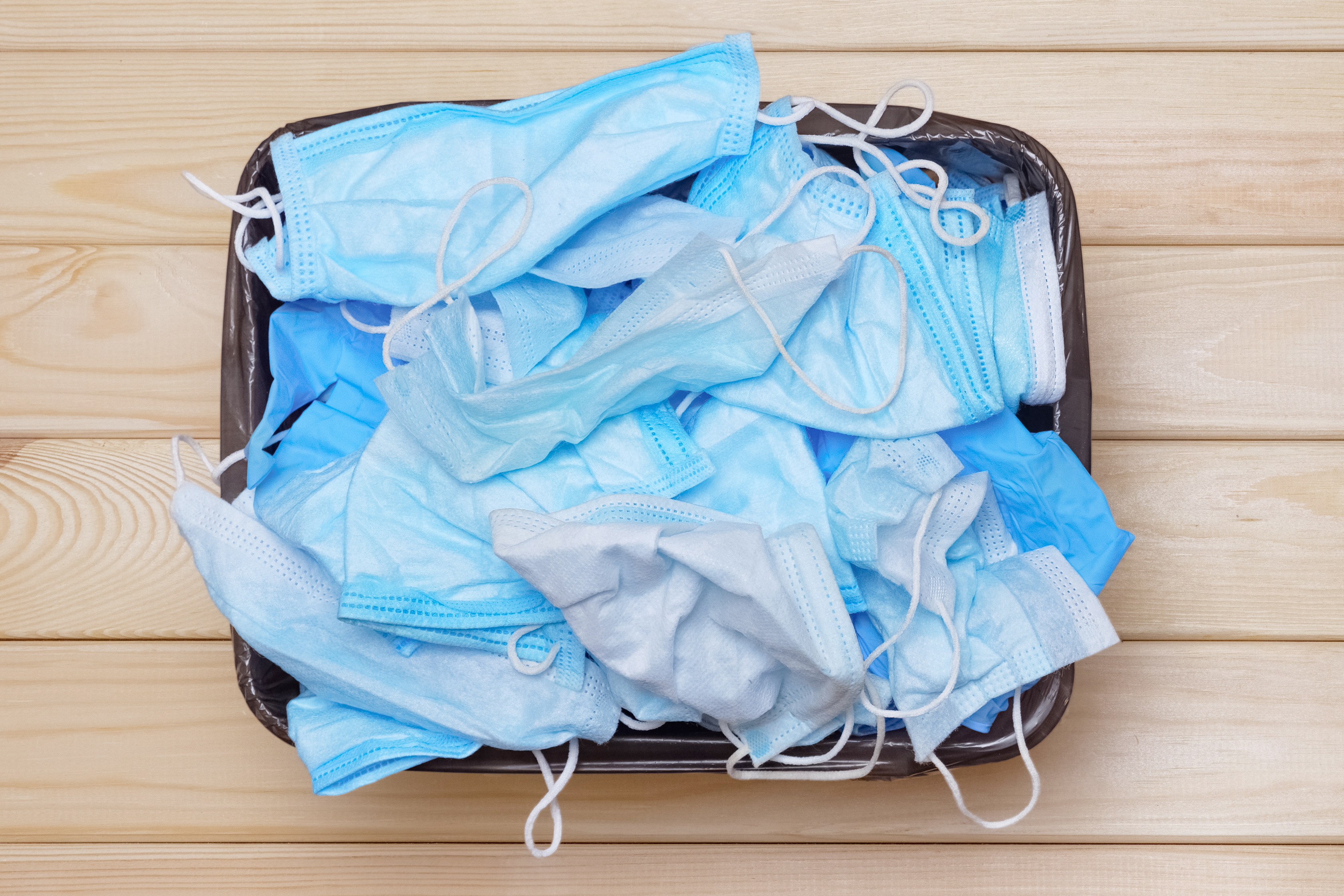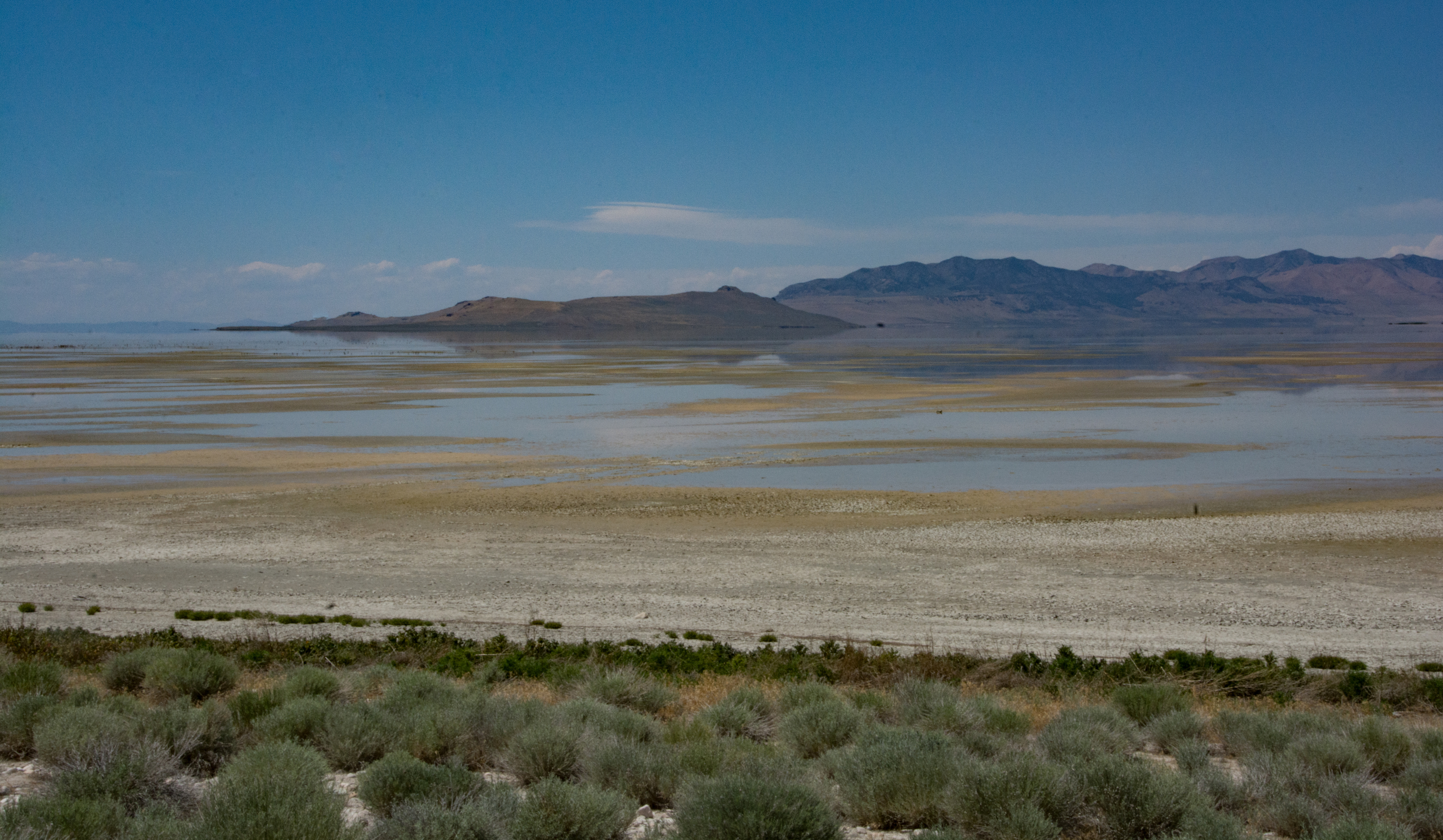Articles by Max Rohr
Alternative Energy
The Electronics Supply Chain: Mining Metals Locally
Recycling e-waste rather than digging into the Earth for all the precious metals we need to make our new gadgets.
Read More
ALTERNATIVE ENERGY
Big Oil to Meet Hawaii in Court
The trial is a test of corporate citizenship; has the industry been forthcoming about its effect on climate change?
Read More
Alternative Energy
Dihydrogen Oxide Batteries
The storage technology right in front of us.
Read More














